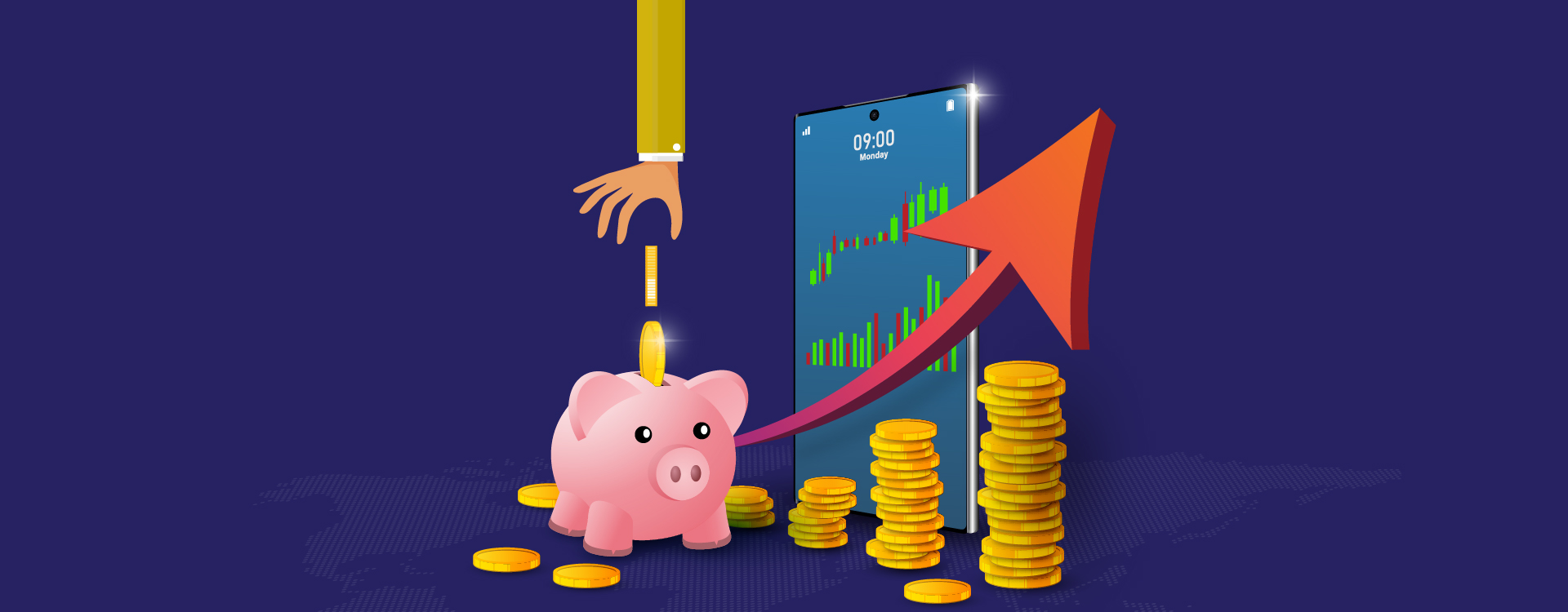Payments from a company to its shareholders and partners are termed dividends. When you receive dividends, you get a share of the company’s profits in sales. This entire process aims to increase the company’s value, which also proliferates your portfolio’s investment growth.
What is a dividend?
The dividend is a section of a company’s profit income that is distributed to its shareholders. Some established companies disburse most of their annual profits annually among investors to establish goodwill in the market.
A company’s dividend strategy is considered proof of its belief in the model of growth and continuity. A good dividend is a significant indicator of reliability and helps ensure reasonable stock prices for the future.
If you choose to invest in shareholdings or mutual funds, you have to decide several paths for such an initiative. But, one of the most crucial features is to choose between a fund with a dividend reinvestment option and a fund with a growth option.
Dividend reinvestment
A dividend investment program (DRIP) is a programme that allows investors to reinvest cash dividends in additional or fractions of the underlying stocks when the premium is paid.
Growth and investing
Each type of investment strategy has its limits. Choosing the right way depends primarily on your needs and requirements as an investor. Investors who don’t want to take their dividend payouts can choose either dividend reinvestment or growth options.
In a growth option, investors allow fund companies to invest their dividends in other debt securities to stimulate growth and, ultimately, increase value. If the dividend share is reinvested, the investors can use the profits to buy additional shares in the holding.
Dividend coverage – The payout ratio
The most well-known indicator when choosing a dividend coverage is the return. In most cases, the computation of interest payable is based on dividends per share and earnings per share:
If a firm showcases a dividend payout ratio of over 100, it is paying more in dividends than its earnings for the year.
Dividend rate – Frequency of dividend payments
The dividend rate refers to the cycle of dividends paid during a fiscal year. The central dividend rates are annual, semi-annual, quarterly and monthly.
The risk factor
Having a stake in a company that pays fixed dividends can increase your future earnings. As an investor, you can use the accumulated profits to buy additional stocks and benefit from reinvesting the profits.
‘‘
Dividend stocks are usually considered to be less risky than non-dividend stocks. When looking at the most profitable stocks, look for the most productive stocks as well.
Please note that dividend payments are not mandatory, and the company can decide at any time to reduce or stop the dividend payout. The company decides whether or not it will distribute the dividend.
If the tax rate on dividend income increases, the dividend model can also become a less attractive payment option. In addition, any decline in regular dividend returns weakens investor confidence and results in stock prices falling. This type of risk factor about dividends can pose problems for stock investors as well as companies.




